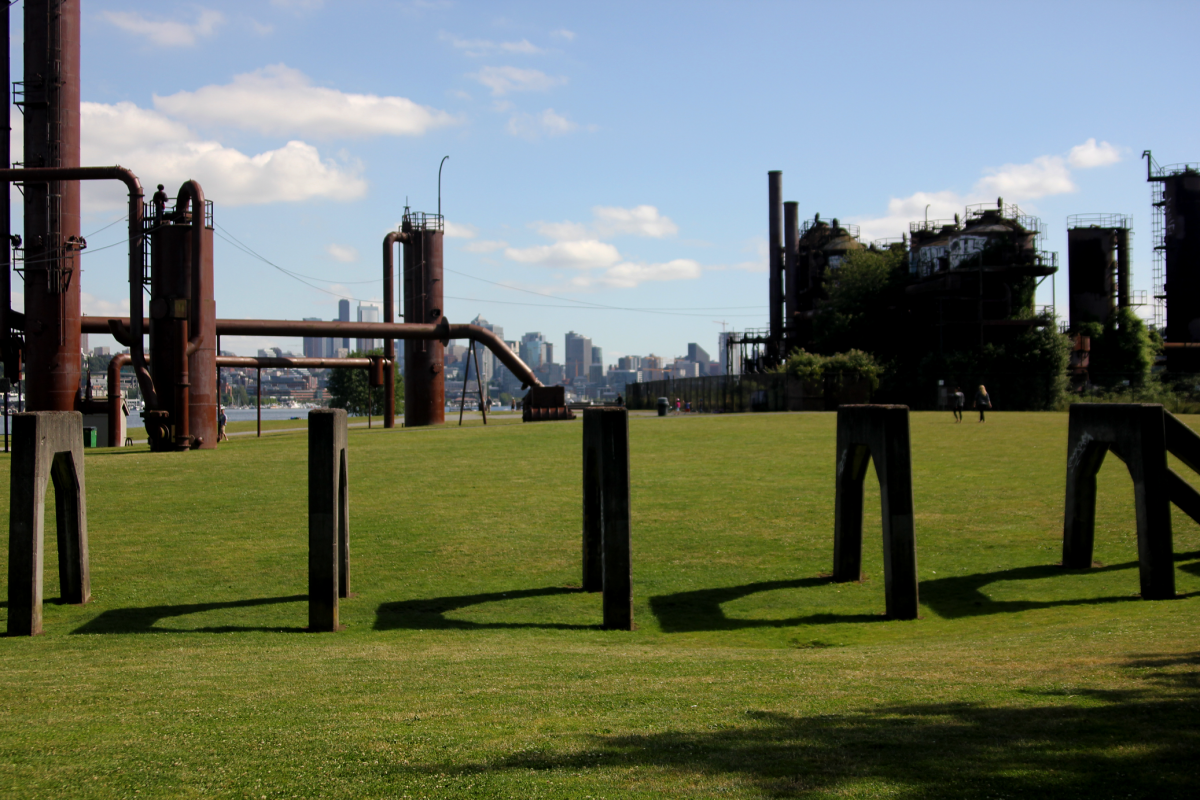
New rules provide opportunities to develop employment centers north of the Ship Canal.
Now that the Seattle Office of Planning and Community Development has completed the Final Environmental Impact Statement for rezoning the city’s industrial lands, it’s time to start asking the important question: how do we get more breweries and climbing gyms north of Market Street?
As covered here in the past, the Environmental Impact Statement (EIS) clears the way for cleaning up the industrial sections of the city’s behemoth zoning ordinance while securing existing industrial lands against being gobbled up by more mini storage places. The proposal now moves to City Council for adopting changes to the comprehensive plan and creating actual language to amend the zoning ordinance.
It’s not perfect, but the Final Industrial and Maritime EIS is a better document than it started. The Office of Planning and Community Development made several improvements, most notably including extensive recognition of the systemic racism inherent in the city’s zoning code. We still look forward to that language being included in the upcoming One Seattle Comprehensive Plan, along with some concrete evidence it will avoid repeating the same mistakes of the past.
The bulk of the Industrial and Maritime EIS studied the adoption of three new industrial zones to replace antiquated ones. Under the plan, most of the Duwamish and Interbay will see their Industrial General zoning turn to Maritime, Manufacturing, and Logistics (MML) zones. This allows the widest variety of uses, including factories, manufacturing, maritime, and no residential.
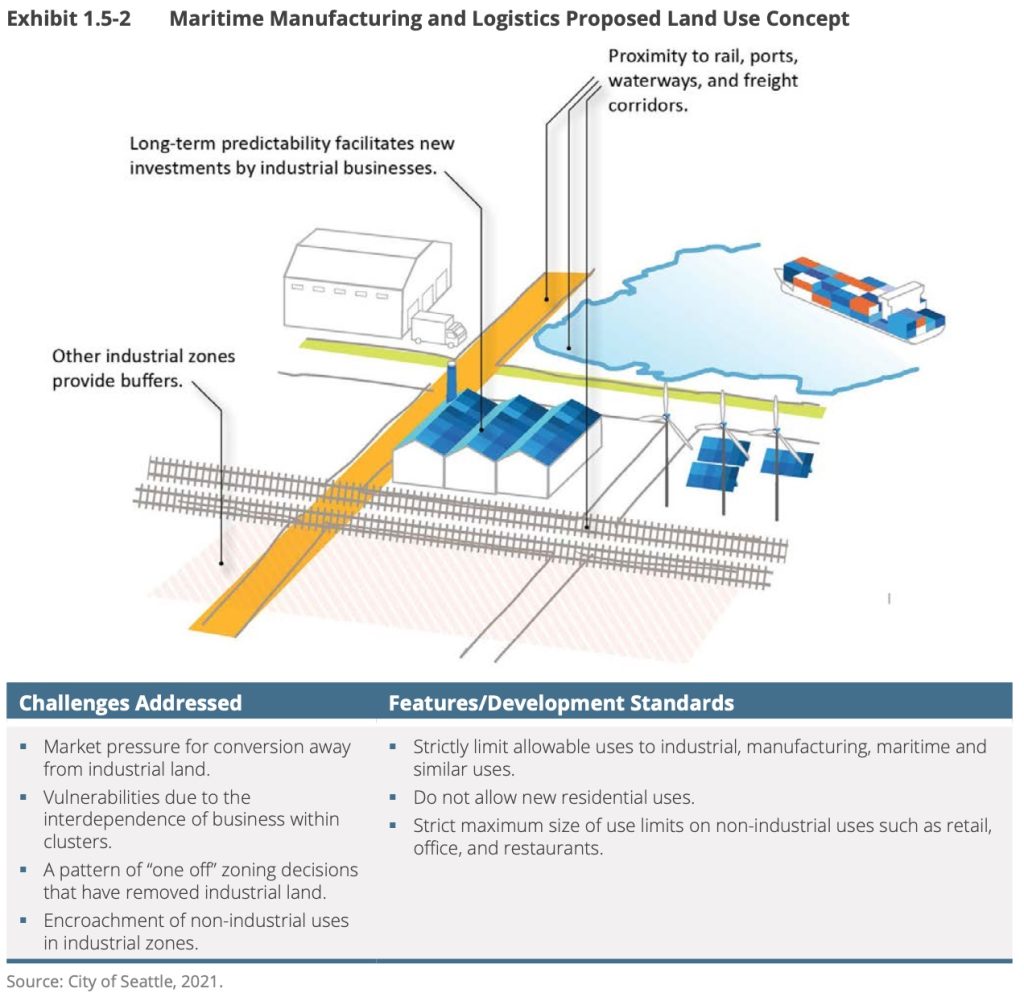
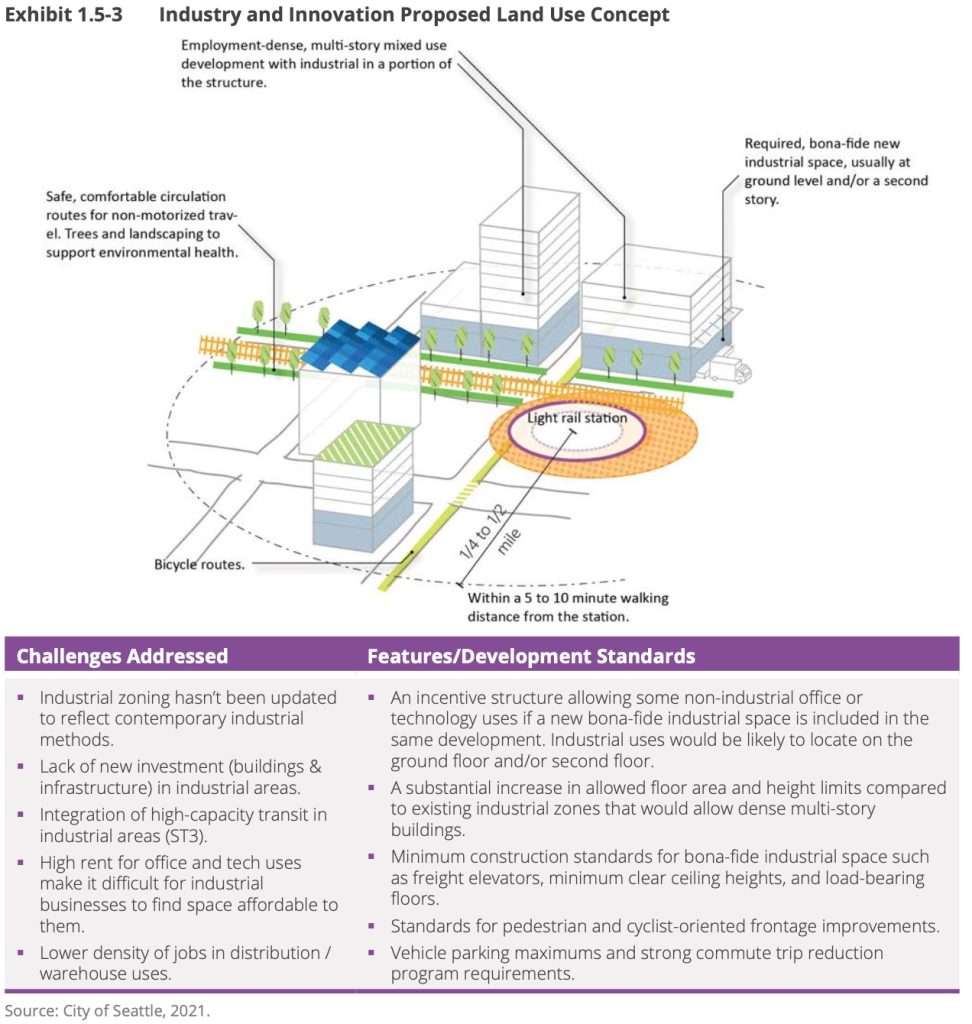
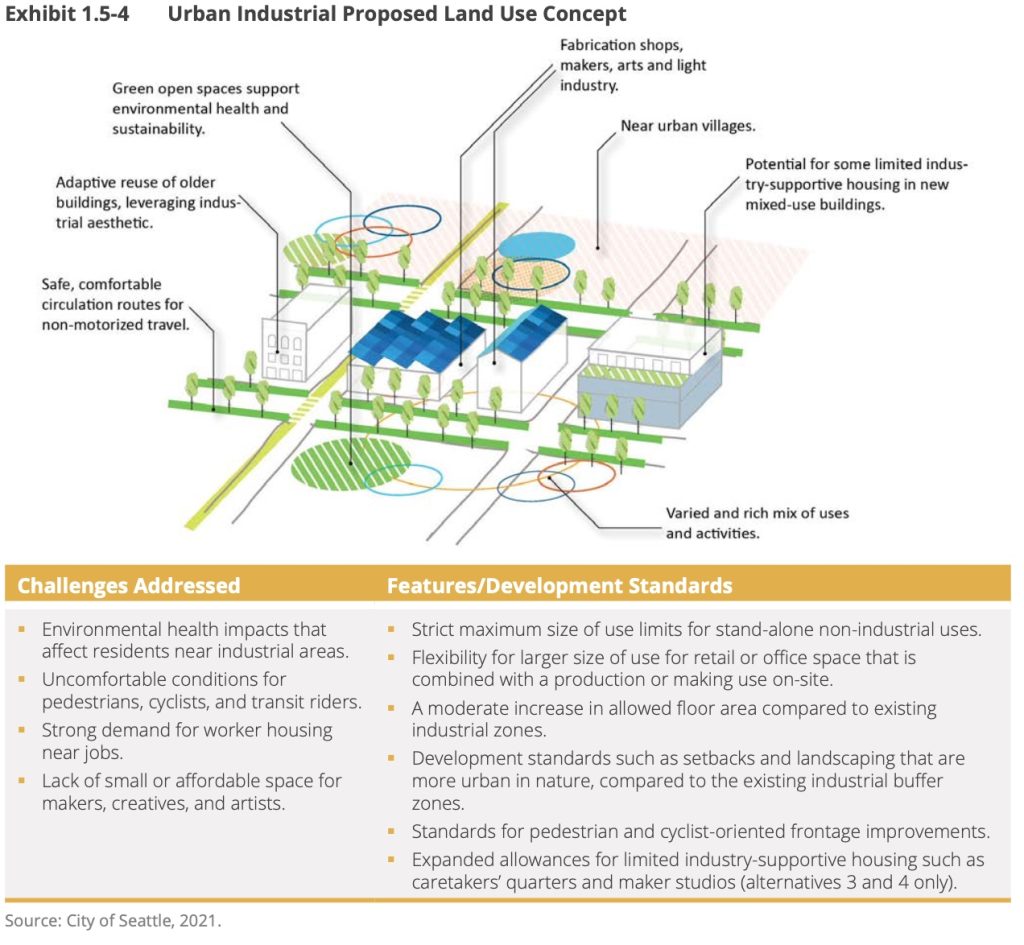
The EIS then considered the impacts of two other new zones. Modern industrial areas near transit will be supported by Industrial Innovation (II) zoning, which allows increased density and employment and technology spaces above bonafide industrial structures. Industrial areas that are adjacent to urban villages are proposed to become Urban Industrial with a host of mixed uses including fabrication shops, creative manufacturing, and maker studios. The EIS did not produce a conclusion on the mix, only putting numbers to possible impacts and leaving the final decision to council members.
But some issues remain unaddressed in this EIS, particularly the focus of industrial lands in the south of the city.
It’s time to change that. Under the new rules created by the Industrial and Maritime Strategy and this final EIS, North Seattle is ripe for industrial zones. Here is where they should go and what they should look like.
Hubs of Maritime, Manufacturing, and Logistics (MML)
A simple search for car dealerships in North Seattle shows four major hubs. Along Lake City Way, there is a cluster located around NE 89th Street and Ravenna Avenue with another north of Lake City around 135th Street. There are similar clusters on Aurora Avenue: one at N 85th Street and another among the large shopping centers going from Bitter Lake to the city line.
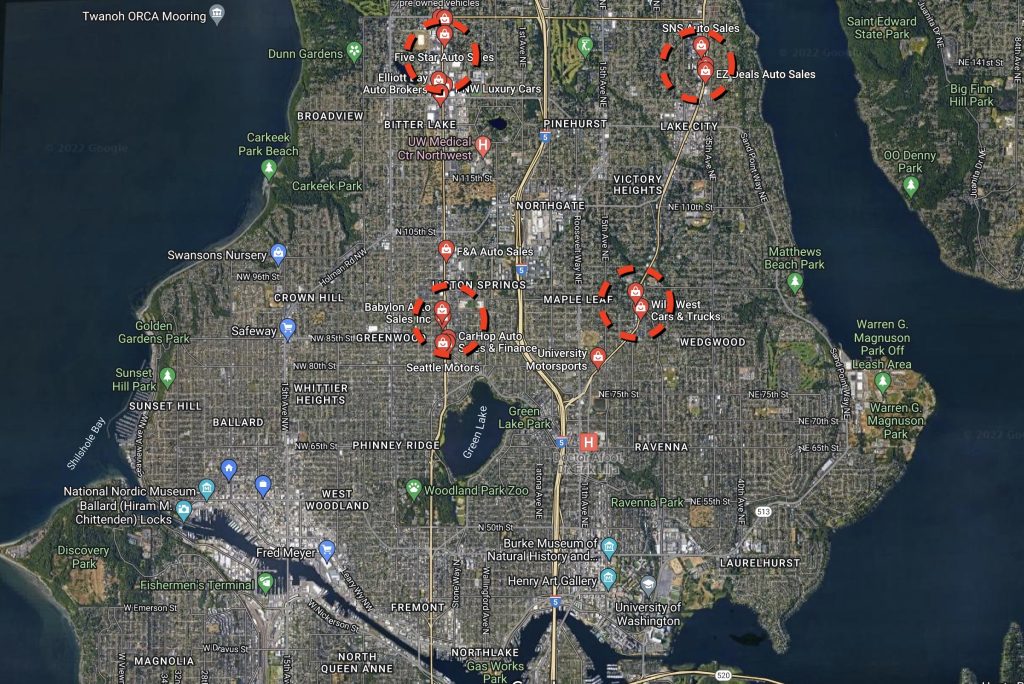
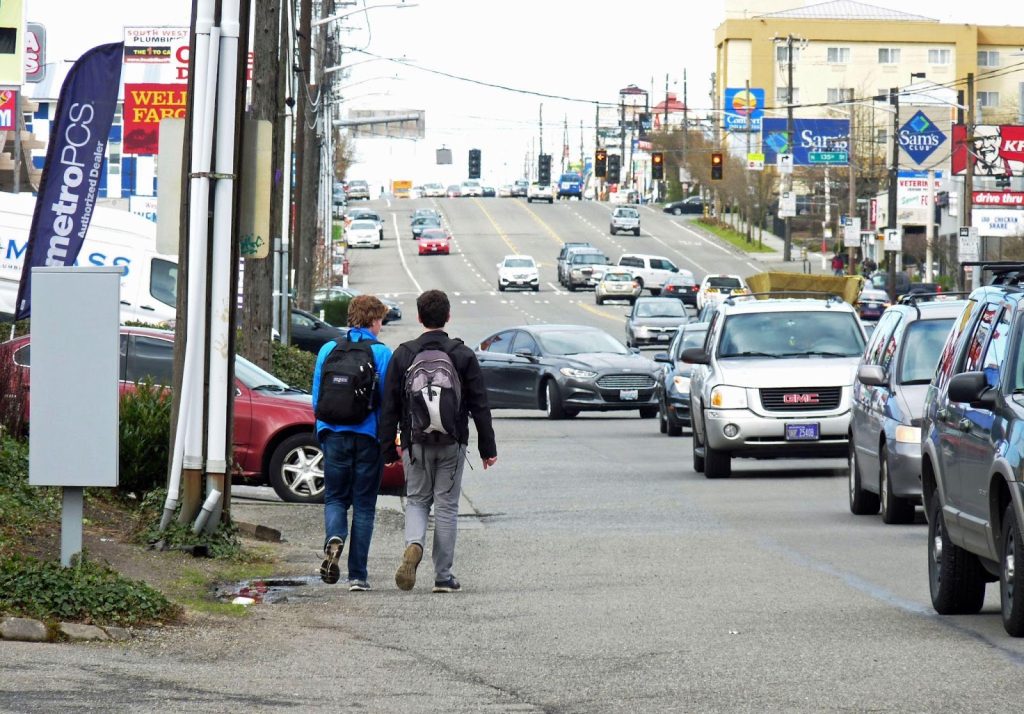
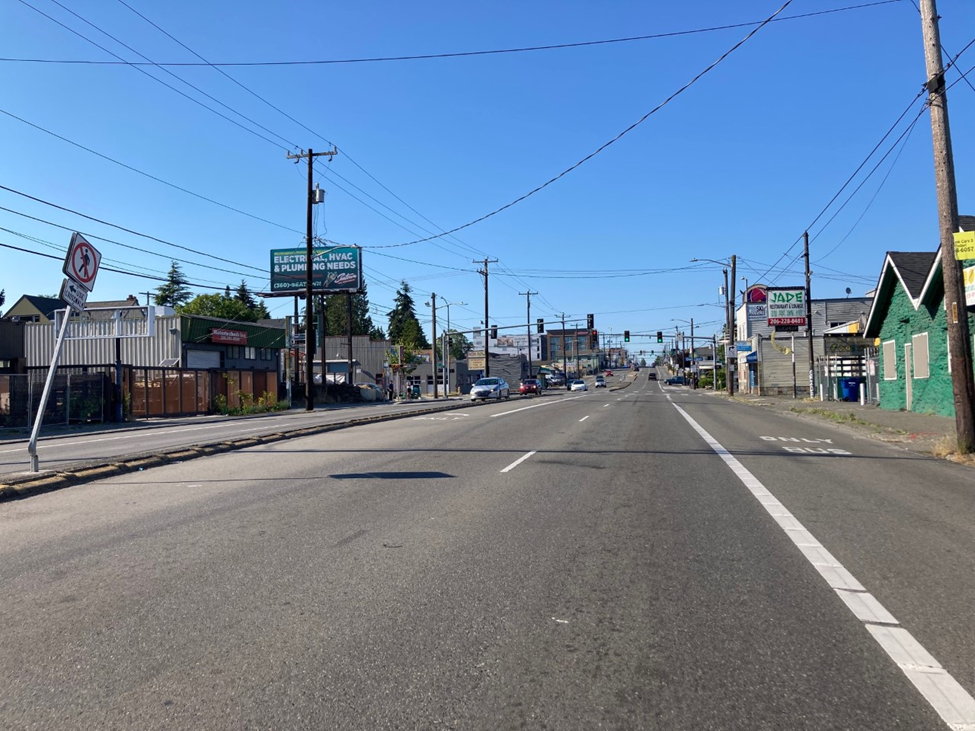
These hubs should be put in the new MML zone. As the most general of the new industrial zones, its goal is to “strengthen established economic clusters and expand equitable access to jobs.” Car dealerships are neither of those things, and given the way internal combustion is passing into history, there is little chance of that changing.
However, these hubs represent something else: underdeveloped space in proximity to freight corridors. The money spent on infrastructure to create the city’s freight grid should not be left to rot. Car dealerships have benefited from these paths for generations, balanced locations near the population center and yet easily accessible for deliveries. Instead of people going to these spots to get their cars fixed (or past them to work) imagine them being the location for good-paying, family-supporting jobs. These are places where manufacturing and logistics should be taking root for the future.
Campuses of Industrial Innovation (II)
North Seattle has six major campuses that already do work in biosciences and technology which could very easily convert to II zoning. Some of them are already considered campuses, such as UW’s main campus, North Seattle College, and UW Northwest Medical Center. As they expand or fill out their properties, they should do so under II zoning.
But a little broader thinking would make for interesting opportunities. Magnuson Park hosts the National Oceanic and Atmospheric Administration as well as a dozen large hangers left over from the site’s days as an airport. Woodland Park Zoo is a premier bio-preserve and conservation facility. The Talaris site is a former convention center and adjacent to Seattle Children’s Hospital, and anything would be better than its current plan. These can be centers of innovation in the future.
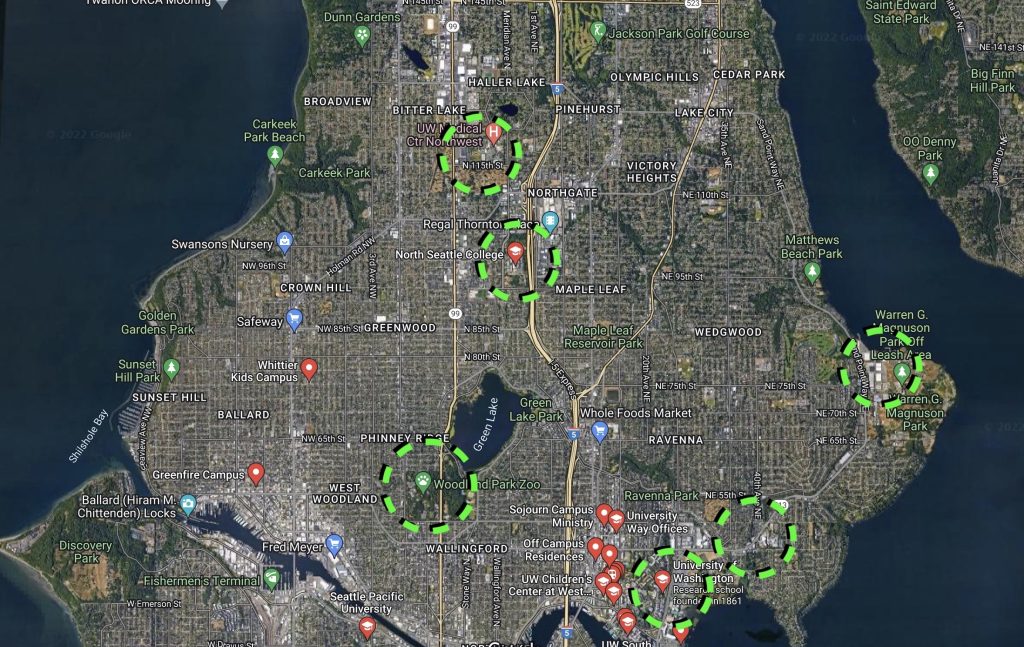
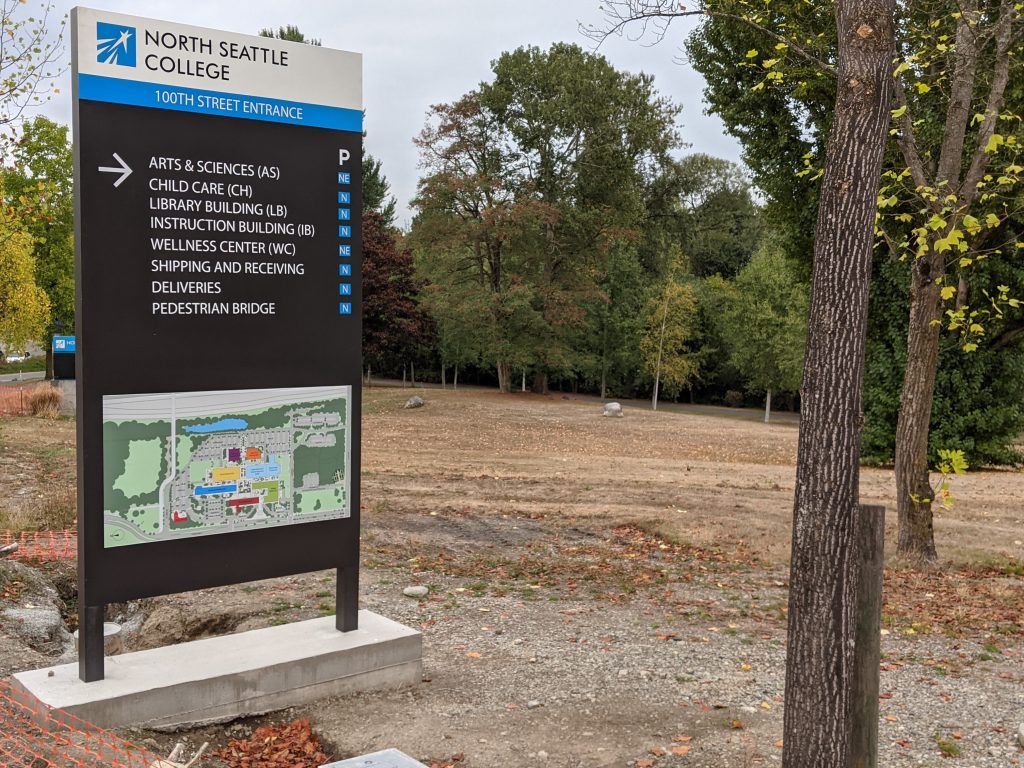
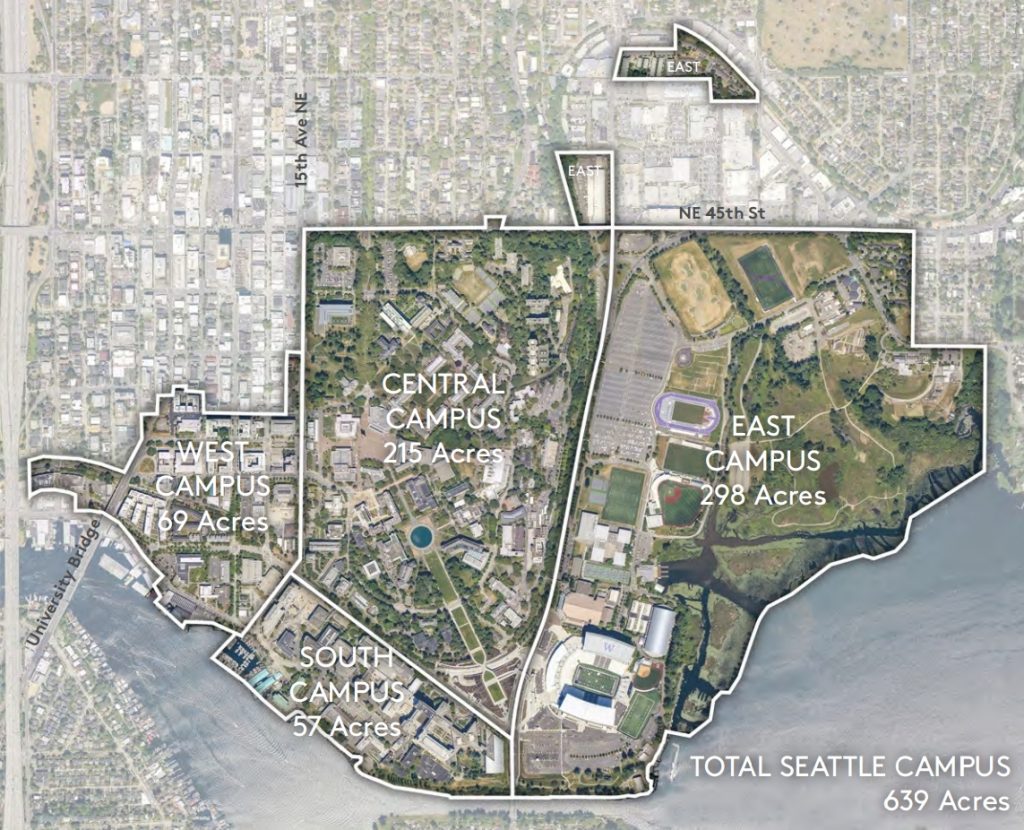
Industrial Innovation zoning will allow for buildings that support emerging formats of industrial activity, particularly in design and research oriented industries. These are not smokestack factories. They are offices supporting and attached to labs for biomedical research, green manufacturing, and the design of new goods. These are perfect uses to compliment the locations of these campuses near established residential neighborhoods and major existing institutions.
One interesting side effect of these sites being current campuses is that they are already circumscribed with strong boundaries. For example, the zoo is very much nestled inside its rectangle west of Aurora. So the challenge with imagining these campuses as II zones will be to make them porous and outward-facing. That will be an interesting challenge and opportunity in every one of these locations.
Main Street of Urban Industrial (UI)
In considering the best way to start the conversation about locating UI zones, there were a lot of iterations to try and find regularly spaced, neighborhood focused spots that also connected to the goals of the zone. Appending them to Urban Villages (where the vast majority of housing growth is directed) seems suspect because Seattle’s placement of Urban Villages is deeply segregated and uneven. Urban Industrial is supposed to “foster vibrant districts through a mix of local manufacturing, production, arts, and a sense of place,” which should be broadly applied in the city.
This seems like a strong overlap with Main Street industrial zones, which, as smart growth expert Ilana Preuss told us last year, are clusters of hot sauce, handbags, and hardware. That sounds really close to the North Seattle’s wonderful farmers markets. The problem is that the farmers markets are located in some already fantastic spots. Whether it’s Ballard, Fremont, Wallingford, or the U District, these places have a mixed-use livelihood that would likely be broken by dropping a new single zoning around them.
So casting around for another concept to build around went through grocery stores, gas stations, schools, churches, and shopping centers. None of them showed both the scope and neighborhood hub that seemed a good fit.
But the Main Street idea kept returning. Maybe it’s time to found a new Main Street across North Seattle. Seattle’s north-south orientation already puts a lot of development along certain avenues, so let’s try something different.
There are two streets that stretch almost the entire width of North Seattle: 80th Street and 130th/125th Street. Connect the small existing clusters of shops along each new Main Street with opportunities for new creative spaces. Zone one full block in each direction of the streets as Urban Industrial. Make these grand new corridors of painter shops, candy makers, and craft workrooms. UI allows caretaker residences and artist lofts connected to the new buildings, so it becomes a linear artist colony too.
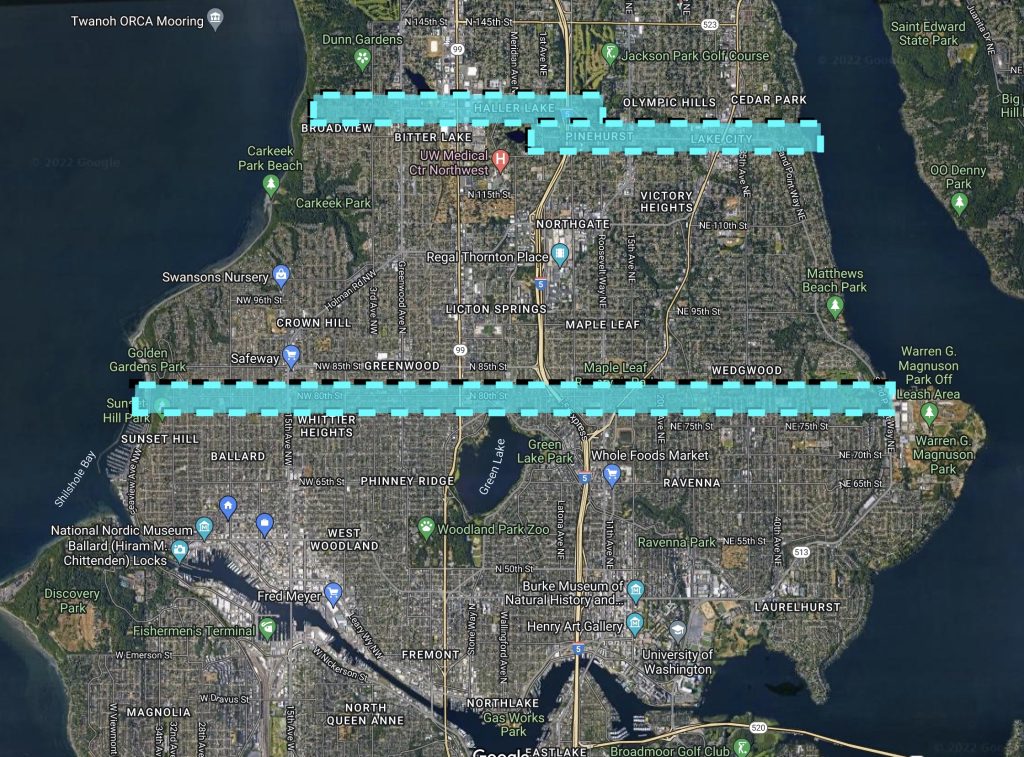
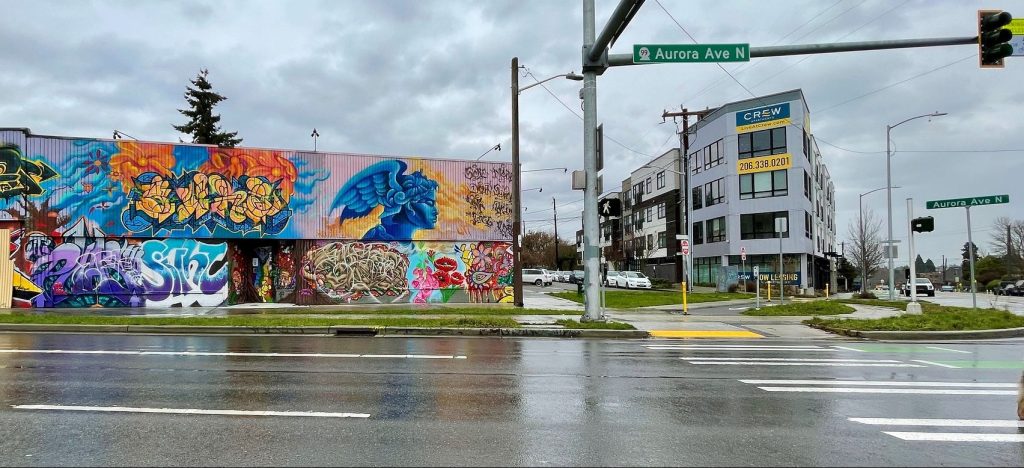
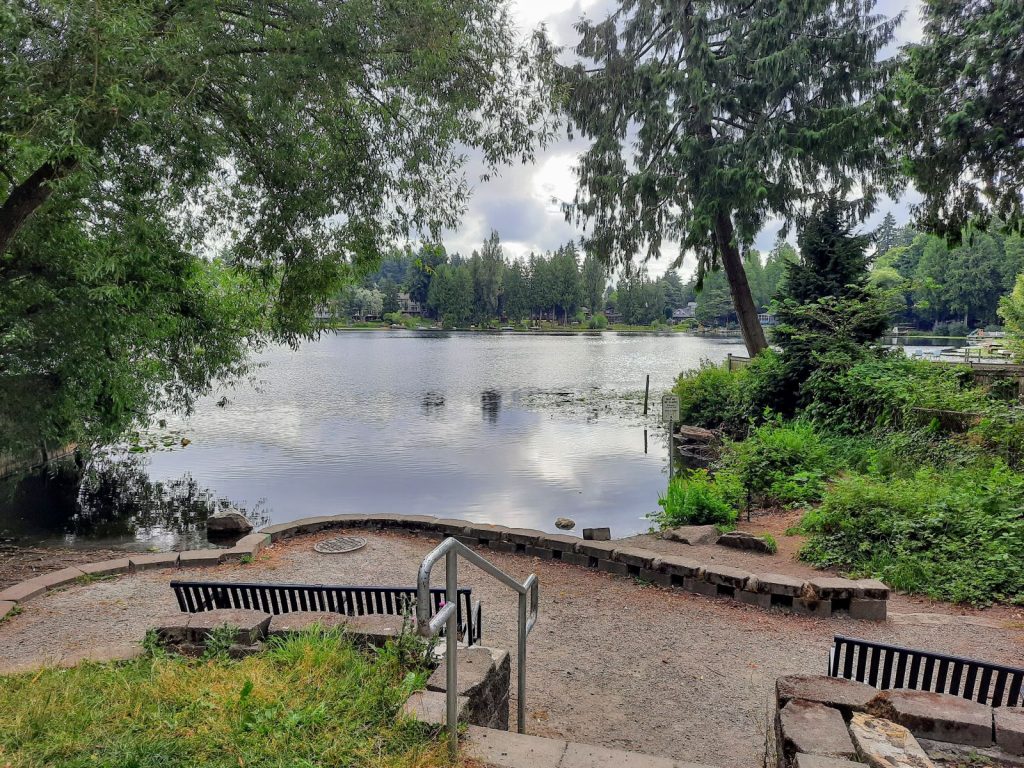
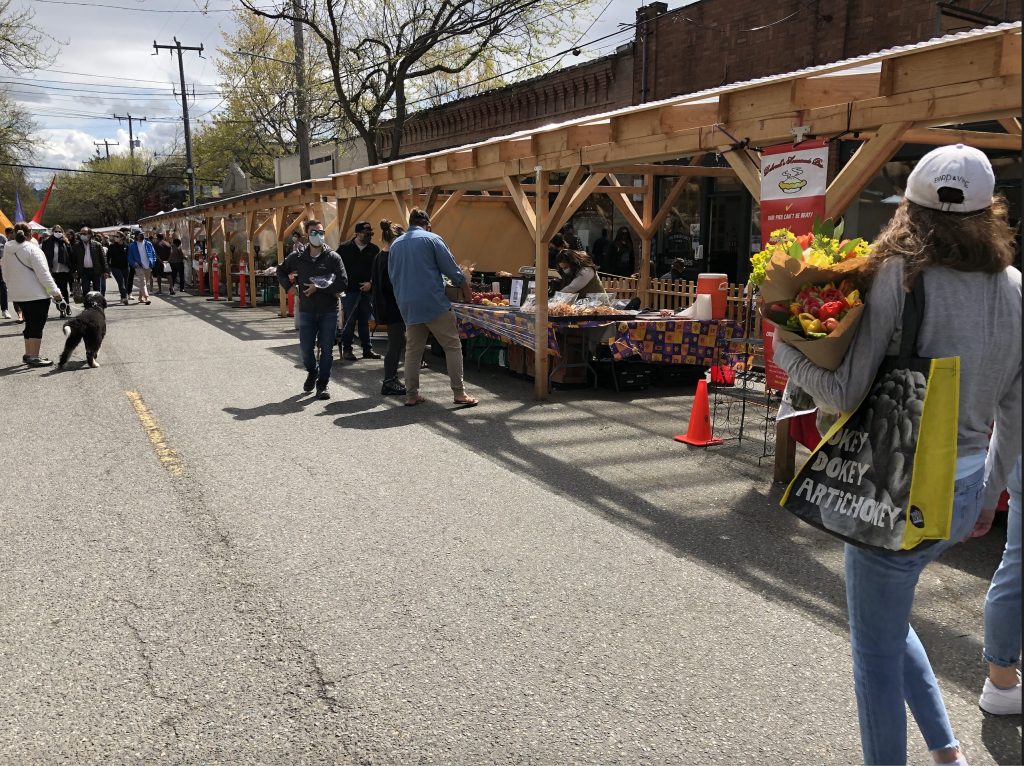
Of course, both routes encounter existing schools, homes, and businesses. Current rules would dictate that new industrial spaces should have massive buffers to “protect” the privileged uses from the encroachment of dirty manufacturing and questionable industrial outputs.
But Seattle already does most of its grocery shopping in industrial zones. They are where we work, most often behind a desk at a Fortune 500 company. Industrial zones are where we go to the gym, attend sporting events, and drink the best beers. These new zones are just catching up to those facts.
And where 80th Street runs directly into Sand Point Country Club, the line of urban industrial uses should play through and connect with the new Industrial Innovation hub in Magnuson. The 11th hole would make a very nice location for a new brewery.
Seattle’s industrial lands have been constrained to river basins and nibbled away for a century now. The old rules have left the city’s manufacturing jobs withering. Making that right starts with welcoming industrial uses back into our neighborhoods and letting small businesses that happen to use machines open next door to homes and restaurants. Doing so takes the pressure off the port lands and dedicated rail infrastructure, allowing them to get back to the heavy transport and fishing they do best. That means North Seattle gets hubs instead of hubcaps, tech-filled campuses, and two new Main Streets of artists and ateliers.
Ray Dubicki is a stay-at-home dad and parent-on-call for taking care of general school and neighborhood tasks around Ballard. This lets him see how urbanism works (or doesn’t) during the hours most people are locked in their office. He is an attorney and urbanist by training, with soup-to-nuts planning experience from code enforcement to university development to writing zoning ordinances. He enjoys using PowerPoint, but only because it’s no longer a weekly obligation.

